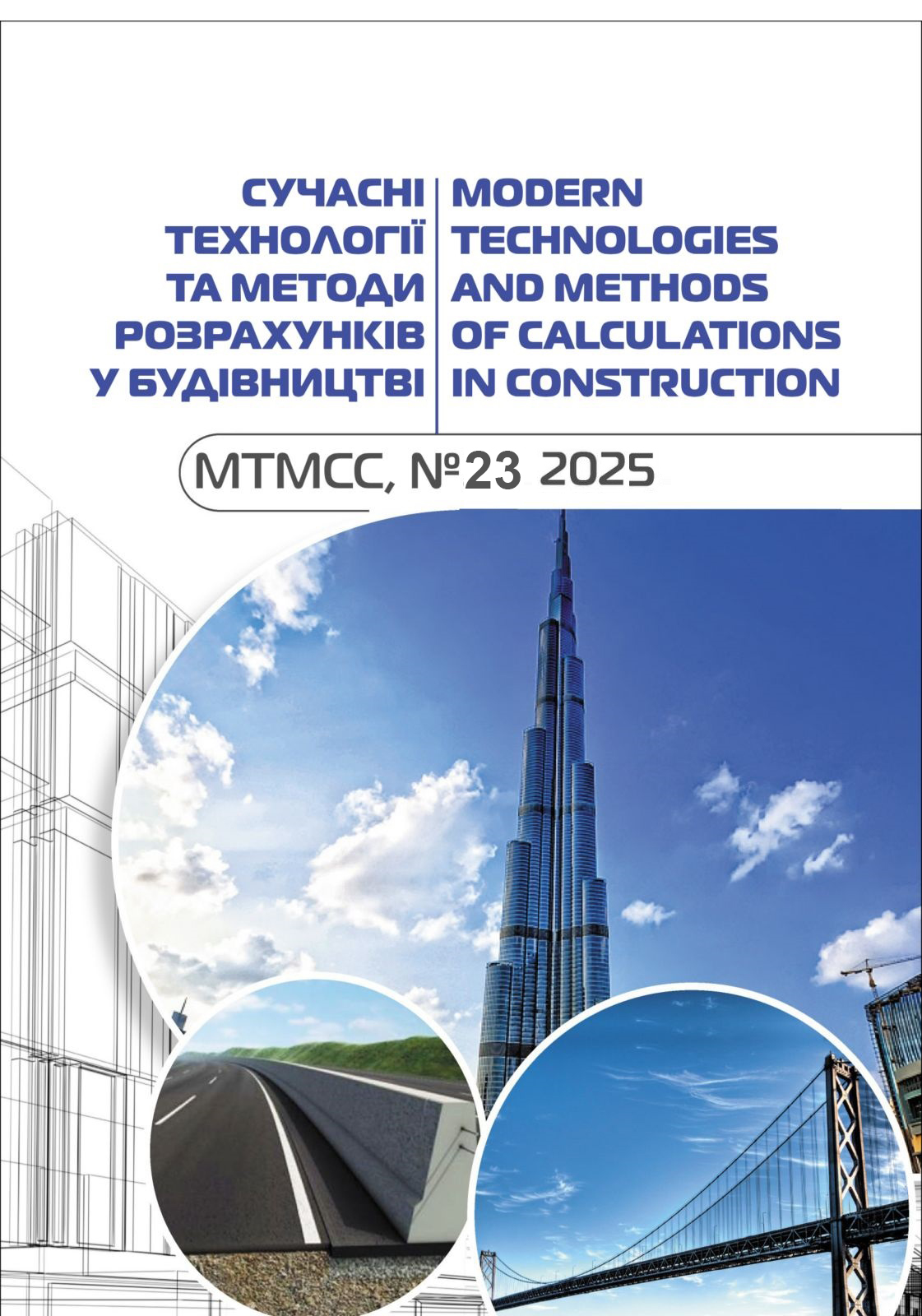Thermal insulation of buildings with complicated facades
Abstract
Energy efficiency measures will significantly reduce the burden on the country's energy system, especially during the heating season, as they will significantly reduce losses through the building envelope and communications. Rising tariffs are a powerful incentive for the comprehensive thermal modernization of buildings.
Energy efficiency measures not only save money but also contribute to the comfort of thermally modernized buildings. Insulation of building envelopes plays a leading role in this. First of all, these are exterior walls, roofs, and floors. When planning insulation measures, it is important to comply with current norms and standards. According to statistics, a significant number of modernized buildings use a “prefabricated system design with lightweight thin-layer plasters”.
For this technology, surface evenness is important, which is not always present. Existing buildings were erected in different periods, and different technological methods and design solutions were used to give them architectural expressiveness. Insulation of such facades causes certain difficulties, and sometimes a significant increase in price due to an increase in the amount of materials or labor intensity of work when preparing the surface of structures for insulation.
There are three types of irregularities in brick facades in buildings of different “age groups”:
- Curly brickwork with slight protrusions (up to 10 cm) beyond the main surface of the facade. It is most often found in Soviet-era buildings in the form of simple geometric shapes.
- Figured brickwork is usually found in historic buildings of the last century and the century before last. A significant part of these buildings may have the status of an architectural monument. Renovation of such buildings is always individual and is beyond the scope of this study.
- buildings (mainly public buildings) with pilasters and buttresses (pseudo-buttresses) on the facades. The third type will be the object of our research.








